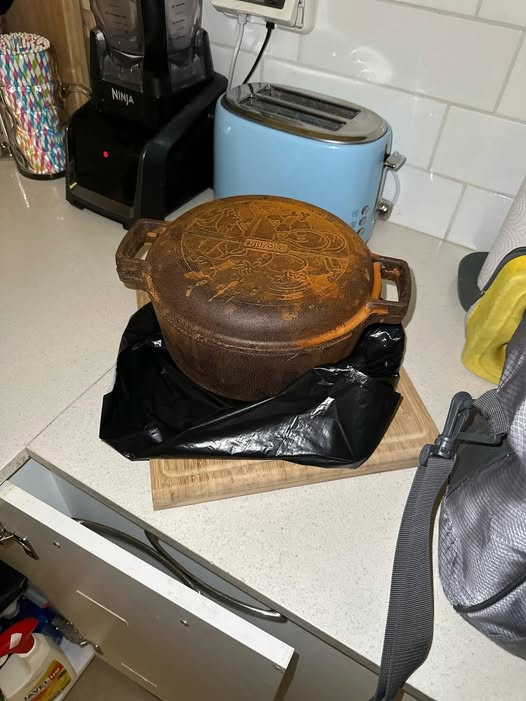I’ve always had a soft spot for cast iron cookware. There’s just something about the way it evenly distributes heat and creates that perfect sear on everything from steaks to cornbread that makes it an absolute staple in my kitchen. Whether I’m cooking up a hearty breakfast, a quick lunch, or a comforting dinner, my trusty cast iron skillet is never far from reach. It’s durable, dependable, and if you take care of it the right way, it can literally last a lifetime—maybe even get passed down to the next generation. But as much as I love cooking with cast iron, I’ve also learned that it’s not a one-size-fits-all tool.

There are certain foods that simply don’t play well with cast iron, and avoiding them can help preserve your pan and make your meals taste better. One of the biggest culprits to watch out for is highly acidic foods. Ingredients like tomatoes, lemons, vinegar-based sauces, and anything citrus-heavy can react with the iron in your pan. Even if your skillet is well-seasoned, those acidic elements can still break down the protective layer and cause the food to take on a metallic taste. I didn’t always believe this myself—I figured it was just another old cooking myth—until the day I made shakshuka, which is loaded with tomatoes, in my cast iron skillet. The result was so disappointing. The vibrant flavor of the dish was totally overpowered by a harsh, metallic aftertaste. Since then, I’ve kept my tomato-based recipes strictly in the stainless steel or non-stick cookware lane.
Another thing to avoid? Super fragrant foods. That includes fish with a strong smell, certain cheeses, and recipes heavy on garlic or onions. The problem isn’t that the cast iron can’t handle these foods—it definitely can—but the smell tends to linger. Even after scrubbing and re-seasoning, that funky fish smell can stick around and transfer to whatever you cook next.
Some people recommend tossing your skillet in the oven at 400 degrees Fahrenheit for 10 minutes or so to burn off lingering odors, and while that usually helps, it’s not a guaranteed fix. I’ve had times where, days later, I was cooking something completely different and still caught a whiff of garlic or fish that just wouldn’t quit. Then there are eggs.
This one might be a bit surprising, especially since people often say a well-seasoned cast iron pan is just as good as non-stick. But when it comes to eggs, I’ve found that cast iron can be tricky. If your pan isn’t seasoned just right or if the temperature is slightly off, eggs can stick like glue, leaving you with a crusty, browned mess that’s more trouble than it’s worth. Scraping eggs off the bottom of a skillet first thing in the morning is not exactly how I like to start my day.
For scrambled, sunny-side-up, or omelets, I always go with a non-stick pan. It’s less stressful, easier to clean, and delivers a better result every time. So, while cast iron is incredibly versatile and reliable for most dishes, knowing when not to use it is just as important as knowing when to reach for it. Acidic foods, overly pungent ingredients, and delicate items like eggs are best left for other types of cookware. Avoiding these items not only protects your cast iron from damage but also ensures your food comes out tasting the way it’s supposed to. Cast iron can handle a lot—it’s great for searing meats, roasting vegetables, baking skillet cookies, and so much more—but like any kitchen tool, it has its limits. By being selective with what you cook in it, you’ll be able to enjoy your cast iron skillet for years to come while keeping your meals flavorful and your cleanup hassle-free.





